Gymnocalycium Spegazzinii Cactus rare plant
₹1,399.00
In stock
SKU: Gymnocalyciumspegazzinii
Category: Cactus
Gymnocalycium Spegazzinii is a spiny and tough cactus with rounded, rounded shape. It will develop simply if well taken care of. The following steps help to cultivate healthy Gymnocalycium spegazzinii.
| Number of plants | 1 |
|---|---|
| Growing month | Feb to Oct |
| Temperature | above 30C |
| Sun | Under white shade net |
| Blooming period | spring |
Gymnocalycium Spegazzinii Choose the right pot and soil
Start in a pot that is drilled so it will not hold water. Use cactus soil that drains and include sand or perlite to assist the water drain.
Plant the cactus
Plant the cactus and press it gently into the soil. Do not plant it too deeply so that it will rot. Let the cactus settle first before watering.
Give Good Light
Gymnocalycium spegazzinii prefers bright, indirect light. Place it in front of a sunny window or where it can receive at least six hours of light daily.
Water Sparingly
Water only once the soil gets dry. Drying out the soil is healthier than making the soil water-logged because watering too much will cause the roots to rot. Water less throughout winter.
Gymnocalycium Spegazzinii Keep at Correct Temperature
Use a warm temperature between 65-85°F (18-29°C). Keep it out of cold draughts or frost because harshly cold temperatures will kill off the cactus.
Feed Regularly
Fertilize your cactus monthly when it is actively growing (spring and summer) with a weak cactus fertilizer. Fertilize no more than once a month, and never during the winter when it is dormant.
Gymnocalycium Spegazzinii Repot When Necessary
If the cactus has outgrown its pot, repot it into a slightly larger pot with new potting soil. Be careful handling it because its spines are sharp.
Pest and Disease Inspection
Inspect for spider mite and mealybug infestation. If you notice any, wipe them off with a cotton swab dipped in alcohol. Dry the plant thoroughly to prevent fungal infection.
With good care, Gymnocalycium spegazzinii will flower and bloom wonderfully. Have fun growing this strange cactus!
| Color | Grey |
|---|---|
| Growth Pattern | Globular |
| Ideal location | partial sun with white net |
| Origin Country | Thailand |
Be the first to review “Gymnocalycium Spegazzinii Cactus rare plant” Cancel reply
You must be logged in to post a review.

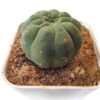


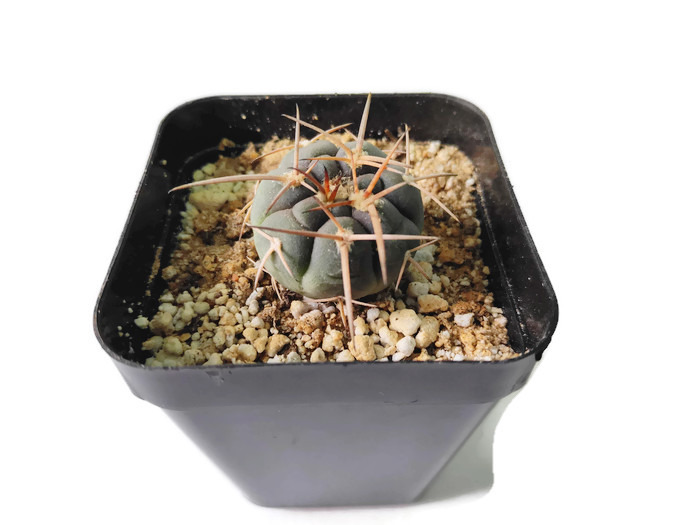



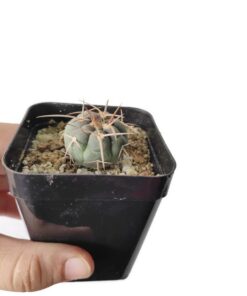









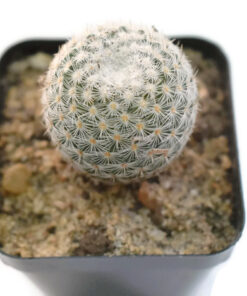

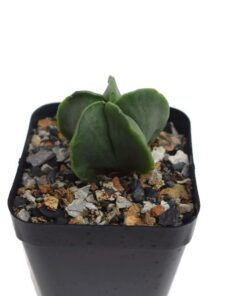



Reviews
There are no reviews yet.